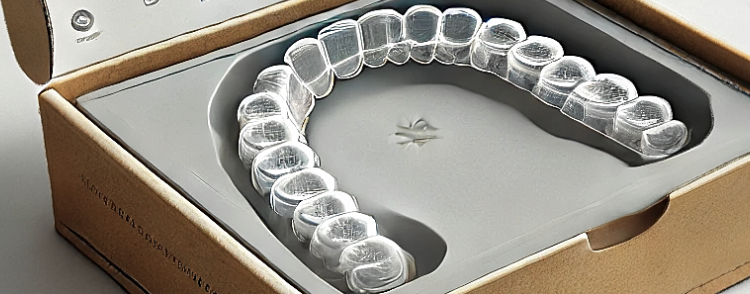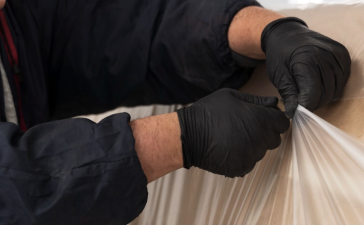Introduction
When a patient opens their aligner package for the first time, what they see matters more than you might think. That moment sets the tone for the whole treatment: it signals whether the practice is careful, professional, and trustworthy. Custom dental aligner packaging does more than hold a product. It communicates care, protects delicate trays, and influences patient behavior. If you want patients to take treatment seriously from day one, start with the packaging.
Why the unboxing moment is important
Here’s the thing: people judge quality quickly. When aligners arrive in a neat, clearly branded pouch or a well-made box, patients infer attention to detail. That inference affects their confidence in the treatment and in your clinic. Conversely, flimsy, generic packaging invites doubt. Patients ask themselves whether the product was handled properly, whether instructions were included, and whether the provider values hygiene.
Custom dental aligner packaging matters because it’s the first physical interaction a patient has with the product. It’s the first chance to reinforce your brand and the first chance to show you value patient safety. The packaging is a statement about the care behind the treatment.
Practical protection starts with design
Beyond impressions, packaging protects aligners during transit and storage. Aligners are precise dental tools. A knock, bend, or contamination can compromise fit and treatment results. Custom dental aligner packaging should use the right materials and structure to prevent damage and contamination.
Design choices matter. A clear pouch with a secure zipper keeps trays visible and hygienic. A rigid box can prevent crushing and present the aligners in a premium way. Features like internal cushioning, tamper-evident seals, and a snug fit reduce the risk of damage. What this really means is that packaging is a small investment that minimizes disruptions to the treatment timeline.
Branding and patient education in one package
Custom dental aligner packaging is a simple platform for delivering important information. Put concise wear instructions, a QR code linking to a how-to video, or a reminder to the patient about wear time directly on the pouch or box. Patients are more likely to follow instructions when these are easy to find at the moment they first open their aligner.
Branding belongs here too. A subtle logo, consistent color, and clean typography build recognition and trust. When patients share photos or talk about their experience, attractive packaging multiplies positive impressions. The packaging becomes a small but powerful marketing tool.
Hygiene and compliance go hand in hand
Patients who trust that their aligners were handled properly tend to be more compliant. Custom dental aligner packaging that emphasizes hygiene encourages proper storage and handling. For instance, resealable pouches make it easy for patients to keep trays clean between uses. Tamper-evident elements reassure both clinics and patients that trays haven’t been exposed before delivery.
What this really means is that packaging can influence day-to-day patient behavior. Good packaging makes it simple to store aligners safely, which reduces the chance of loss, contamination, or improper wear.
Cost versus value: why you should care
Some practitioners hesitate over packaging costs. The simple math is: better packaging reduces complaints, fewer treatment delays, and potentially fewer remakes. That saves time and money over the patient lifecycle. Custom dental aligner packaging also supports stronger brand perception which can help with referrals and retention.
If you compare a modest upgrade in packaging to the cost of re-manufacturing a tray or handling a patient complaint, the packaging investment often pays for itself. That’s not marketing-speak. It’s practical risk management.
Choosing the right format for your practice
Not every practice needs the same solution. Direct-to-consumer brands might prefer flexible, lightweight pouches for shipping efficiency and lower cost per unit. High-end clinics giving first kits in-office may opt for rigid boxes to present the product as premium. What’s important is matching the packaging format to your operational needs and patient expectations.
Work with your packaging partner to test prototypes. See how trays fit, how easy it is to add instructions, and whether the design supports safe handling. Prototypes save headaches later.
Final thoughts on patient experience
Patients notice details. When you deliver aligners in clean, thoughtful custom dental aligner packaging, you make a clear statement: this treatment is professional, considered, and designed to succeed. That statement influences trust, compliance, and word-of-mouth.
If you want patients to start treatment confident and informed, don’t treat packaging as an afterthought. Treat it as part of the care you deliver.
Conclusion
Custom dental aligner packaging is not cosmetic fluff. It protects the product, educates the patient, reinforces brand trust, and reduces risk. In short, it matters. Small choices in material, closure, and presentation lead to better patient experiences and fewer problems down the line. Start the treatment right, start with packaging that shows you care.











